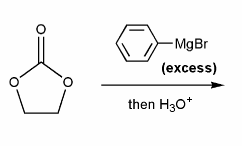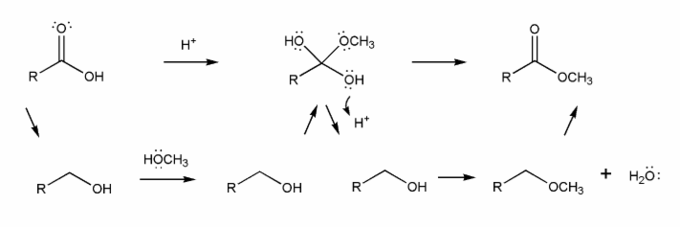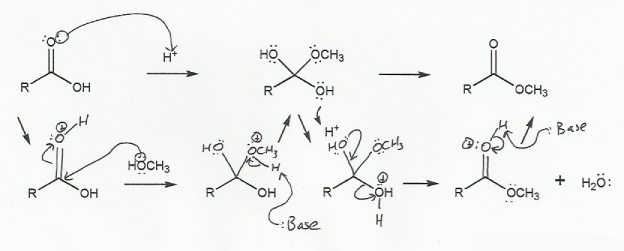Textbook: Carey and Giuliano 8th Ed. (2010)
Chapter 19: Carboxylic Acid Derivatives: Nucleophilic Acyl Substitution
Practice Problems and Mendel Sets
Individual Problems
Mendel Sets
Textbook and Chapters: Carey and Giuliano 8th Ed. (2010), Chapters 17, 18, 19
Keywords: carbonyl hydrates, nucleophilic acyl addition, nucleophilic acyl substitution
Description: The most important mechanism in second semester organic chemistry. Goes over carbonyl addition/substitution mechanisms under both acidic and basic conditions.
Total Problems: 6
Textbook and Chapter: Carey and Giuliano 8th Ed. (2010), Chapter 19
Keyword: nucleophilic acyl substitution
Description: Goes over carboxylic acid derivatives and the nucleophilic acyl substitution mechanism. Includes synthesis problems.
Total Problems: 6





















